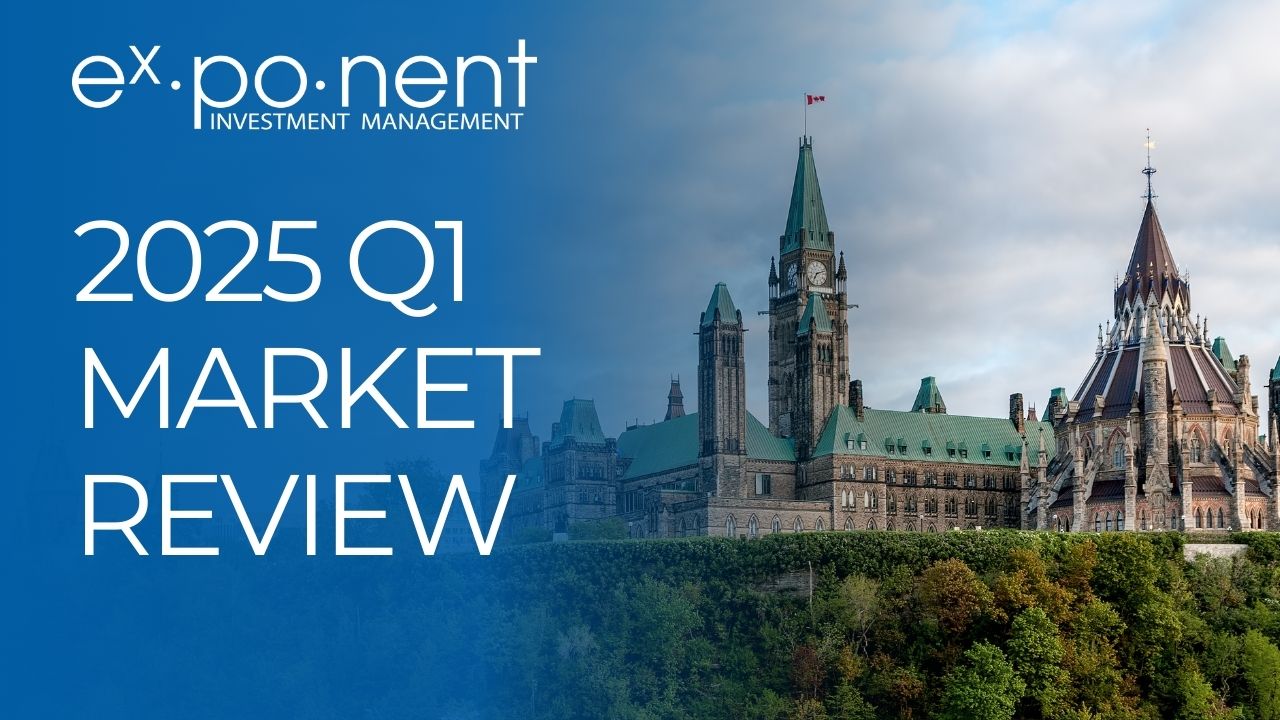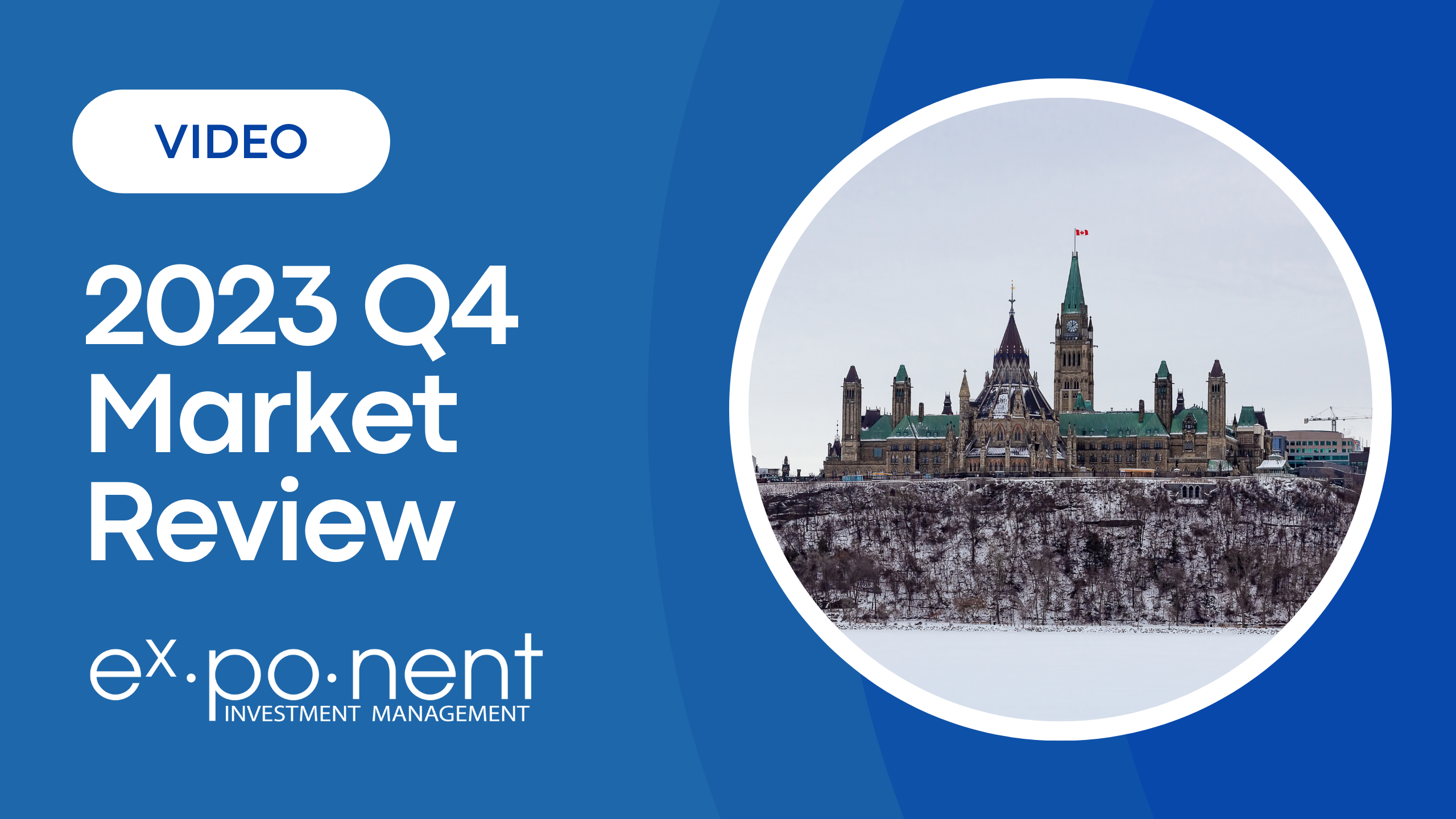
2025 Q1 Market Review
Overview As we wrap up the first quarter of 2025, it’s clear that the market is experiencing a phase of mean reversion. While technology-led U.S.
We will review your financial statements, mortgage payments, insurance coverage and anything else that may impact your finances. We’ll find ways to make your money work more efficiently for you, improve account structures and, where possible, reduce what you are paying in fees and taxes.
Once our advisors have an overall picture of your portfolio and a firm understanding of your motivations, we’ll figure out the best path forward and make suggestions to fix any gaps we find. By the end of this exercise you’ll be relieved at just how smoothly everything is running, and wonder why you hadn’t done this long ago.
Our advisors will help answer the questions that plague most people. Am I doing enough? Should I be doing more? Is there a better way?
Most portfolios we are asked to review need work in the following areas:
— International representation, as most are overly invested in Canada.
— Diversification is another sore spot. Some are over diversified, while others are overly concentrated in one sector or stocks.
— Most portfolios simply do not reflect what the expectations the investors have of their investments. They might have a very conservative portfolio yet complain of low returns.
— Fees are also something we will review carefully. Many investors simply do not have an appreciation of the explicit and implicit fees associated with their investments.
— Tax optimization is also something we review. When you are in the high-income tax bracket, where you own a particular investment can make a world of difference in your after-tax return.
Operations Team

Overview As we wrap up the first quarter of 2025, it’s clear that the market is experiencing a phase of mean reversion. While technology-led U.S.

Peter retired in 2014 at age 60 after a nearly 40-year career with a federal crown corporation. Since then, he has enjoyed an annual income

Should Jim, 66, take advantage of Alberta’s provision to unlock 50 per cent of his locked-in investment retirement account (LIRA) when it converts to a

Executive Summary: Resilience and Recovery in Equity Markets The final quarter of 2023 marked a remarkable period of resilience and recovery for equity markets,

Investing more effectively would put her 30% ahead of her goal, instead of 20% behind, and she could retire earlier, too. Anne-Marie* recently sat down

Quick Summary Full Summary Introduction Significant market shifts and emerging opportunities have marked the third quarter of this year. Let’s review some of the key